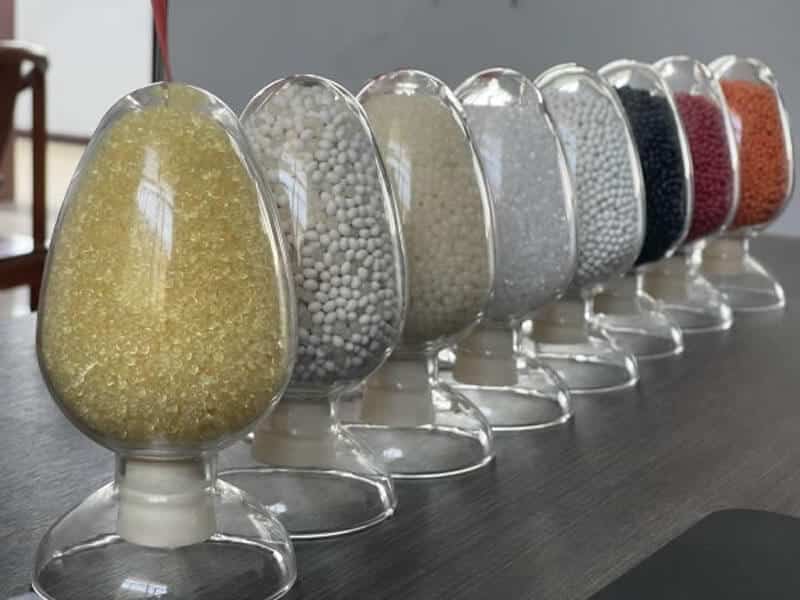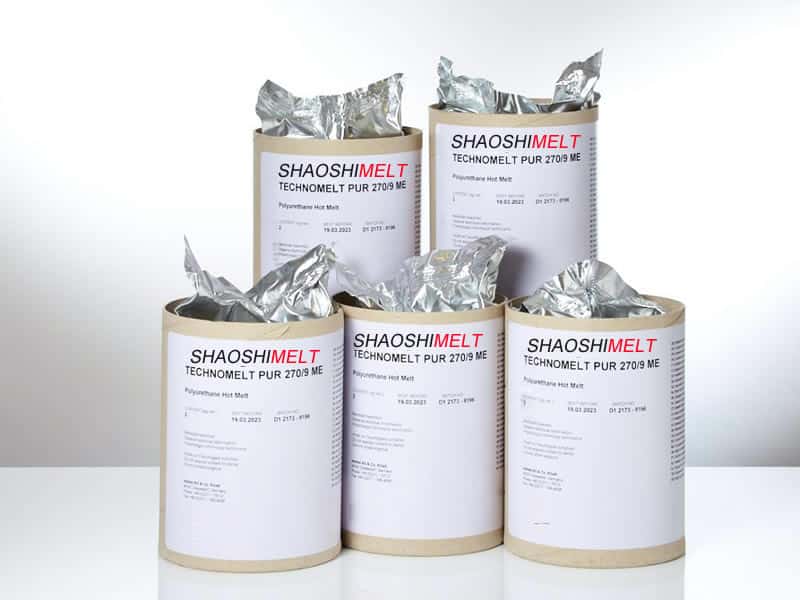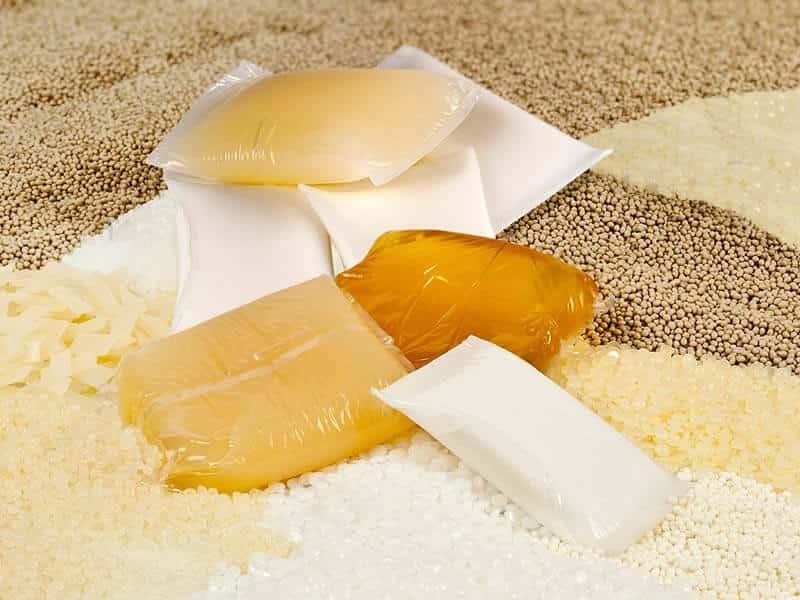PVC edge banding is a popular and durable material used to finish the exposed edges of furniture and cabinetry made from particleboard, MDF, or plywood. It provides a clean, professional look, protects the core material from moisture and damage, and enhances the overall aesthetic. However, achieving a strong and long-lasting bond requires selecting the best glue for PVC edge banding. This comprehensive guide will explore the different types of adhesives available, factors to consider when making your choice, application tips, and more.
Why Choosing the Right Glue Matters for PVC Edge Banding
The adhesive you choose plays a crucial role in the success of your edge banding project. An inappropriate glue can lead to several problems, including:
- Weak Bonds: Resulting in the edge banding peeling off easily, especially under stress or temperature fluctuations.
- Visible Glue Lines: Detracting from the finished appearance.
- Slow Drying Times: Increasing project completion time and the risk of movement during curing.
- Incompatibility: Some glues may react negatively with the PVC material or the substrate.
- Poor Heat Resistance: Causing the bond to fail in warm environments.
- Lack of Flexibility: Leading to cracking or detachment over time due to material expansion and contraction.
Therefore, understanding the different types of glues and their properties is essential for achieving professional and durable results.
Types of Glue Commonly Used for PVC Edge Banding
Several types of adhesives are suitable for bonding PVC edge banding, each with its own advantages and disadvantages:
- Hot Melt Adhesives (EVA & PUR):
- EVA (Ethylene-Vinyl Acetate): EVA Hot Melt Pellets gule is the most common type of hot melt adhesive used in edge banding machines.
- Pros: Fast setting time, strong initial tack, good adhesion to various substrates, relatively inexpensive, readily available in different colors to match edge banding.
- Cons: Can be susceptible to creep under continuous stress, lower heat resistance compared to PUR, can sometimes exhibit visible glue lines if not applied correctly.
- PUR (Polyurethane Reactive): PUR Hot Melt,A more advanced type of hot melt adhesive that offers superior performance.
- Pros: Excellent adhesion to a wide range of materials (including difficult-to-bond surfaces), very strong and durable bond, high heat and moisture resistance, thin and virtually invisible glue lines, good flexibility.
- Cons: More expensive than EVA, requires specialized edge banding equipment that can handle moisture-curing adhesives, can be more challenging to clean up.
- Hotmelt adhesives for edgebanding vary significantly based on their chemical composition and application advantages,click here learn more about Differences Between EVA PO PUR Hotmelt Adhesives.
- EVA (Ethylene-Vinyl Acetate): EVA Hot Melt Pellets gule is the most common type of hot melt adhesive used in edge banding machines.
- Contact Cement:
- A solvent-based adhesive applied to both the edge banding and the substrate. Once the solvents evaporate, the two surfaces are brought together, forming an instant bond.
- Pros: Good initial bond strength, can be applied manually without specialized machinery, suitable for curved or irregular edges.
- Cons: Can be messy to apply, strong fumes require good ventilation, bond strength can be affected by application technique, not ideal for high-stress applications, potential for visible glue lines if not applied evenly.
- A solvent-based adhesive applied to both the edge banding and the substrate. Once the solvents evaporate, the two surfaces are brought together, forming an instant bond.
- PVA (Polyvinyl Acetate) Wood Glue:
- A water-based adhesive commonly used for woodworking.
- Pros: Water-based for easy cleanup, relatively low VOCs, good initial tack for some formulations.
- Cons: Generally not recommended as the primary adhesive for PVC edge banding due to potential for moisture sensitivity and lower bond strength compared to hot melt or contact cement on non-porous PVC. May work for specific PVC types with textured backings that offer better mechanical keying.
- A water-based adhesive commonly used for woodworking.
- Cyanoacrylate (Super Glue):
- A very fast-bonding adhesive.
- Pros: Extremely quick setting time, can be useful for small repairs or intricate details.
- Cons: Brittle bond, not suitable for large surfaces or applications requiring flexibility or high strength, can be difficult to apply evenly over longer lengths, potential for visible glue lines.
- A very fast-bonding adhesive.
Factors to Consider When Choosing the Best Glue for PVC Edge Banding
Selecting the right adhesive depends on several factors:
- Application Method: Are you using an automated edge banding machine or applying the edge banding manually? Hot melt adhesives are primarily used with machinery, while contact cement and sometimes PVA can be used manually.
- Type of Edge Banding: While this article focuses on PVC, the specific formulation and backing of the edge banding can influence adhesive choice. Some PVC edge bands might have a primer or specific treatment on the back.
- Substrate Material: The material you are applying the edge banding to (e.g., particleboard, MDF, plywood) can affect adhesion. Some glues bond better to certain substrates.
- Bond Strength Requirements: Consider the stress the edge banding will be subjected to. High-traffic areas or furniture with frequent use may require a stronger bond.
- Heat and Moisture Exposure: If the finished product will be exposed to high temperatures or humidity (e.g., kitchen or bathroom furniture), choose a glue with good resistance to these factors (like PUR hot melt).
- Aesthetics: Consider whether visible glue lines are a concern. PUR hot melt and careful application of contact cement can minimize this.
- Drying Time: Hot melt adhesives offer the fastest setting times, while contact cement requires solvent evaporation. PVA glue has a longer clamp time.
- Cost: EVA hot melt is generally the most cost-effective option, followed by contact cement, with PUR hot melt being the most expensive.
- VOCs (Volatile Organic Compounds): If you are concerned about air quality, consider water-based PVA glues or PUR hot melts (which have lower VOC emissions after curing compared to solvent-based contact cements).
- Clean-up: Water-based PVA glues are the easiest to clean up while wet. Hot melt adhesives require specific cleaners when molten, and contact cement can be challenging to remove once cured.
Recommended Glues Based on Application and Needs
- For Automated Edge Banding Machines:
- Most Common & Cost-Effective: EVA Hot Melt Adhesive
- For Superior Performance & Demanding Applications: PUR Hot Melt Adhesive
- For Manual Application:
- Good for General Use (with proper ventilation): Contact Cement
- Potentially Suitable for Specific PVC Types (Test First): PVA Wood Glue
- For Small Repairs: Cyanoacrylate (Super Glue)
Tips for Successful PVC Edge Banding with Glue
- Surface Preparation: Ensure both the edge of the substrate and the back of the PVC edge banding are clean, dry, and free of dust, grease, or any loose particles. Lightly abrading the substrate can sometimes improve adhesion.
- Proper Application: Follow the manufacturer’s instructions for the chosen adhesive carefully. Apply the glue evenly and in the recommended thickness.
- Clamping or Pressure: For manual applications with contact cement or PVA, apply firm and even pressure to the edge banding until the adhesive has cured sufficiently. Use rollers, clamps, or a veneer hammer.
- Temperature Control (for Hot Melt): Ensure the edge banding machine is set to the correct temperature for the specific hot melt adhesive being used.
- Ventilation (for Contact Cement): Work in a well-ventilated area when using solvent-based contact cement.
- Testing: Before starting a large project, it’s always a good idea to test the chosen glue and edge banding on a scrap piece of material to ensure compatibility and desired results.
- Clean-up: Clean up any excess adhesive immediately according to the manufacturer’s recommendations.
Conclusion
Choosing the best glue for PVC edge banding is crucial for achieving a durable, aesthetically pleasing, and long-lasting finish. While EVA hot melt adhesives are the workhorse for automated processes due to their speed and cost-effectiveness, PUR hot melt offers superior performance for demanding applications. For manual application, contact cement can be a viable option with careful application. By considering the factors outlined in this guide and understanding the properties of different adhesives, you can confidently select the right glue for your specific PVC edge banding project and achieve professional results. Remember to always prioritize safety and follow the manufacturer’s instructions for the chosen adhesive.
Edgebanding hotmelt adhesive products


